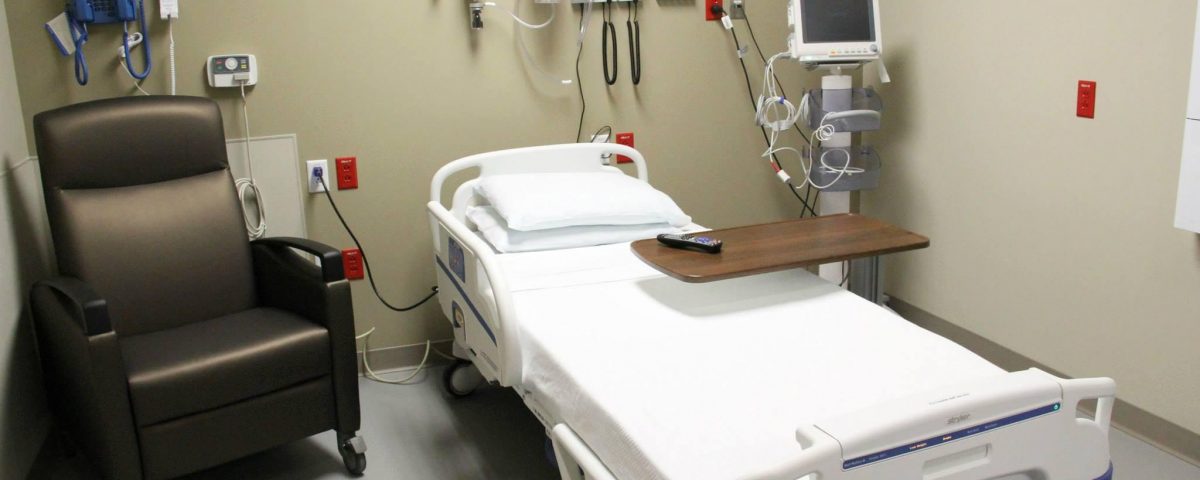Inside the ER: What Really Happens in an Emergency Room

Malaria: The Silent Killer
April 27, 2025
The Importance of Hydration for Every Age Group
May 5, 2025Inside the ER: What Really Happens in an Emergency Room

When emergencies strike, the emergency room (ER) becomes the front line of healthcare. But what really happens behind those sliding doors once a patient is wheeled in? Understanding the inner workings of an ER not only demystifies the process but can also help you stay calm and informed in a crisis.
What Is an Emergency Room?
An emergency room, also known as an emergency department (ED), is a specialized hospital unit designed to provide immediate care for urgent or life-threatening medical conditions. Staffed by emergency physicians, nurses, and support personnel, ERs operate 24/7 to handle everything from chest pain and broken bones to strokes and trauma.
Step-by-Step: What Happens in the ER?
- Triage – The First Step
Upon arrival, patients are evaluated by a triage nurse who quickly assesses the severity of their condition. The goal of triage is to prioritize care based on medical need, not arrival time. For example, someone with chest pain may be seen before a person with a sprained ankle.
- Registration and Medical History
Once triaged, basic registration information is collected. This includes name, insurance details, and a brief medical history. In life-threatening cases, registration may be delayed until the patient is stabilized.
- Assessment and Diagnosis
Patients are then seen by an emergency physician who performs a physical examination and may order diagnostic tests such as:
Emergency doctors are trained to make rapid yet accurate decisions in high-pressure environments.
- Treatment
Based on the diagnosis, treatment can range from administering IV fluids or medications to more advanced procedures like setting a fracture or stopping internal bleeding. In critical cases, specialists may be called in.
- Observation or Admission
Some patients are kept under observation for a few hours, while others may be admitted to the hospital for further care. If the issue is resolved, the patient is discharged with instructions for follow-up.
Who Works in the Emergency Room?

The ER is a fast-paced environment requiring a coordinated team effort:
- Emergency Physicians: Diagnose and treat acute illnesses and injuries
- ER Nurses: Monitor patient status, administer medications, and provide emotional support
- Technicians: Assist with labs, imaging, and procedures
- Administrative Staff: Handle logistics and patient records
Common Reasons for ER Visits
Understanding why people go to the ER can help you assess when it’s truly needed. The most common reasons include:
- Chest pain or heart attack symptoms
- Shortness of breath
- Severe abdominal pain
- Traumatic injuries (e.g., car accidents)
- Stroke symptoms
- High fevers in infants or the elderly
When Not to Go to the ER

For non-life-threatening issues like mild flu symptoms or minor cuts, consider going to an urgent care center or calling your primary care provider. This helps reduce ER crowding and ensures that resources are available for true emergencies.
Tips for Navigating an ER Visit
- Bring a list of medications and medical history
- Stay calm and provide clear information
- Ask questions if you don’t understand a diagnosis or treatment
- Have a friend or family member accompany you if possible
Final Thoughts
The ER is often a place of high emotion, but it’s also where skilled professionals work tirelessly to save lives. Knowing what happens inside the ER can empower you to make informed decisions in times of crisis.
If you’re ever in doubt about whether to go to the ER, err on the side of caution and seek medical advice immediately. Your life—or someone else’s—could depend on it.

